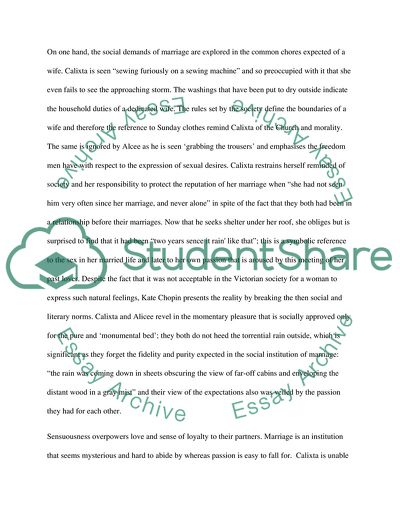Cite this document
(The Subject of Love in Literature Essay Example | Topics and Well Written Essays - 1745 words, n.d.)
The Subject of Love in Literature Essay Example | Topics and Well Written Essays - 1745 words. Retrieved from https://studentshare.org/literature/1745284-institution-of-marriage
The Subject of Love in Literature Essay Example | Topics and Well Written Essays - 1745 words. Retrieved from https://studentshare.org/literature/1745284-institution-of-marriage
(The Subject of Love in Literature Essay Example | Topics and Well Written Essays - 1745 Words)
The Subject of Love in Literature Essay Example | Topics and Well Written Essays - 1745 Words. https://studentshare.org/literature/1745284-institution-of-marriage.
The Subject of Love in Literature Essay Example | Topics and Well Written Essays - 1745 Words. https://studentshare.org/literature/1745284-institution-of-marriage.
“The Subject of Love in Literature Essay Example | Topics and Well Written Essays - 1745 Words”, n.d. https://studentshare.org/literature/1745284-institution-of-marriage.


